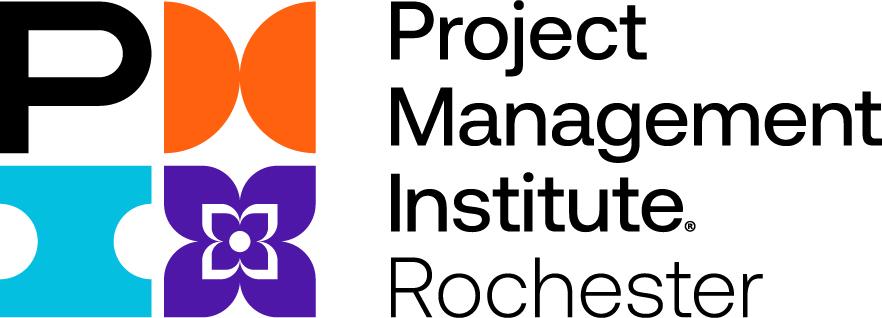05 March 2021 at 12:00AM
Global Gender Gap Report 2020
The places women hold in an economy are critical to a country's success. As such"Since 2006 the Global Gender Gap Index has been measuring the extent of gender-based gaps among four key dimensions (Economic Participation and Opportunity, Educational Attainment, Health and Survival, and Political Empowerment) and tracking progress towards closing these gaps over time. This year’s edition of the report benchmarks 153 countries and provides country rankings that allow for effective comparisons across and within regional peers. The methodology and quantitative analysis behind the rankings are intended to serve as a basis for designing effective measures for reducing gender gaps. The methodology of the index has remained stable since its original conception in 2006, providing a basis for robust cross-country and time-series analysis." - Global Gender Gap Report 2020 (World Economic Forum, 2019).
Acoording to their Global Gender Gap Index 2020 Rankings, the United States ranks 54th in the world (see full report on page 9 here: http://www3.weforum.org/docs/WEF_GGGR_2020.pdf). You can see the details of the findings about the US on pages 352 and 353.
The key findings of the report are (quoting the report):
1. Globally, the average (population-weighted) distance completed to parity is at 68.6%, which is a further improvement since last edition. 101 of the 149 countries covered both this year and last year have increased their scores.
2. Across the four subindexes, on average, the largest gender disparity is—once again—the Political Empowerment gap. Only 24.7% of the global Political Empowerment gap has been closed in 2020.
3. With regard to the Political Empowerment subindex, 108 countries of the 149 covered in both current and last year’s editions have improved their overall scores, driven mainly by a significant increase in the number of women in parliaments compared to the last assessment.
4. In parallel to improving representation of women among political leaders, the number of women in senior roles within the Economic Participation and Opportunity dimension has also increased. Globally, 36% of senior private sector’s managers and public sector’s officials are women (about 2% higher than the figure reported last year).
5. In contrast to the slow but positive progress in terms of leadership positions, women’s participation in the labour market is stalling and financial disparities are slightly larger (on average), explaining the step back registered by the Economic Participation and Opportunity subindex this year. On average, only 55% of adult women are in the labour market, versus 78% of men, while over 40%
of the wage gap (the ratio of the wage of a woman to that of a man in a similar position) and over 50% of the income gap (the ratio of the total wage and non-wage income of women to that of men) are still to be bridged.
6. Educational Attainment gaps are relatively small on average but there are still countries where investment in women’s talent is insufficient.
7. Projecting current trends into the future, the overall global gender gap will close in 99.5 years, on average, across the 107 countries covered continuously since the first edition of the report.
9. On average, the eight regions assessed by the report have closed between 60.5% (the average score in Middle East and North Africa) and 76.7% (the average score in Western Europe). North America is a few percentage points below Western Europe (72.9%).
10. At the current pace, gender gaps can potentially be closed in 54 years in Western Europe, 59 years in Latin America and the Caribbean (thanks to accelerated speed registered across some countries in the region this year), 71 and a half years in South Asia, 95 years in SubSaharan Africa, 107 years in Eastern Europe and Central Asia, 140 years in the Middle East and North Africa, 151
years in North America (reflecting lack of progress in the region this year), and 163 years in East Asia and the Pacific.
11. The top five most-improved countries in the overall index this year (Ethiopia, Spain, Mali, Albania, and Mexico) have
all closed their gaps by 3.4 percentage points or more, and they all share a substantial increase in women’s presence in political institutions.



